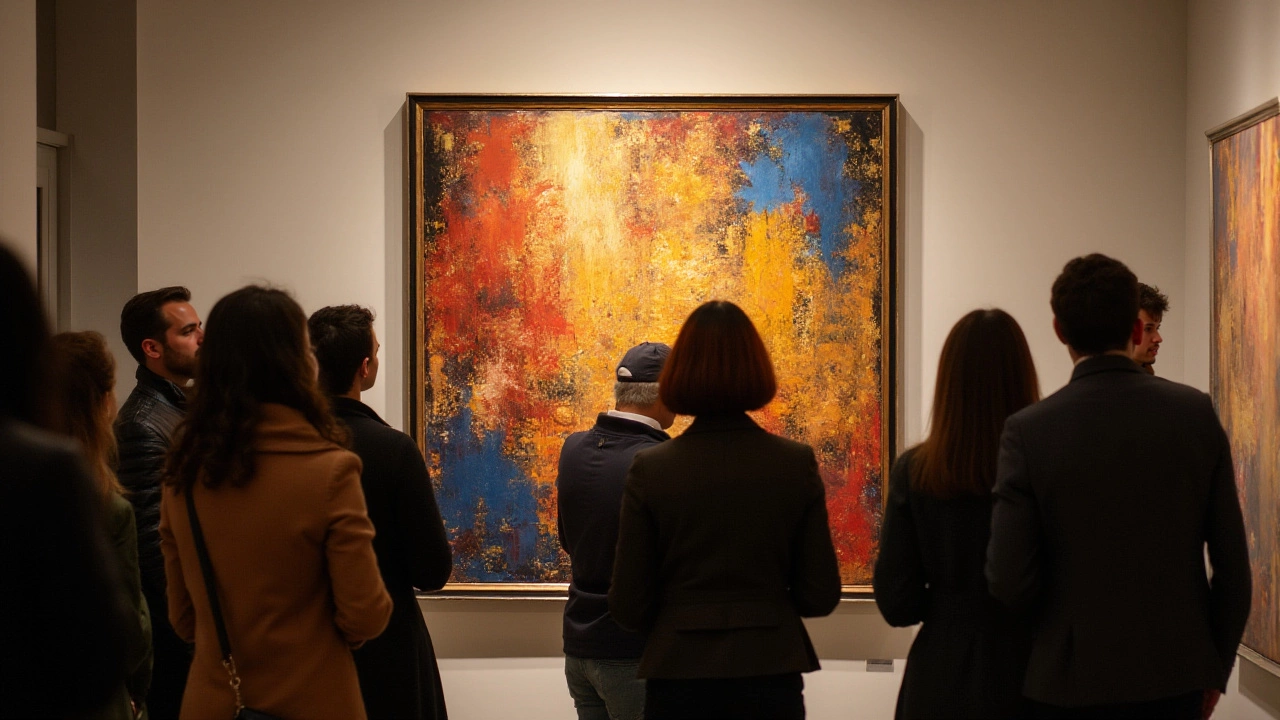Abstract Artists: How They Work, What Inspires Them, and Where to Find Resources
If you’ve ever stared at a splash of colour and felt something click, you’ve met the work of an abstract artist. These creators focus on feeling, mood, and visual rhythm rather than realistic detail. That may sound vague, but the reality is simple: they use paint, shape, and texture to tell stories that words can’t capture.
One of the first things to notice about abstract artists is their love for experimentation. Whether they’re mixing acrylics on a palette knife or layering oil glazes, the process is as important as the final piece. A common habit is to start with a bold colour or a strong gesture and then let the painting evolve. This “let it happen” mindset keeps the work fresh and prevents over‑thinking.
Key Techniques Every Abstract Artist Uses
Most abstract artists rely on a handful of tricks that anyone can try. First, they work in layers. A thin wash can set a mood, while thicker strokes add texture later on. Second, they play with contrast – pairing bright hues next to deep shadows creates visual tension. Third, many use tools beyond brushes: palette knives, sponges, even cheap household items can make unique marks. If you’re new, grab a piece of cardboard and scrape it across wet paint – you’ll see instant texture.
A good example is the article “What Does Abstract Art Really Mean?” which breaks down how artists choose symbols and colour to convey emotion. The piece stresses that you don’t need a secret code to read abstract work; you just need to trust your gut feeling. That advice fits perfectly with the next tip: don’t over‑analyse your own painting. Trust the first impulse, then adjust if something feels off.
Where to Find Inspiration and Community
Being an abstract artist can feel lonely if you work alone. Thankfully, there are plenty of places to meet like‑minded creators. Online forums, Instagram hashtags like #abstractartist, and local studio meet‑ups let you share work and get feedback. The tag page itself points to resources such as “Most Modern Art Styles” and “Modern Art vs Contemporary Art,” which help you place your work in a broader context.
Another practical step is to study the masters. Look at paintings by Kandinsky, Rothko, or contemporary names you find on gallery websites. Notice how they balance colour, space, and rhythm. Then, try to recreate a small part of their technique in your own style – not to copy, but to learn the language they speak.
Finally, keep a sketchbook for ideas. Even a quick doodle of a colour combo can become the seed of a larger piece. The article “Abstract Painting: How to Begin Without Fearing the Blank Canvas” recommends keeping the sketchbook messy; you’ll thank yourself when you need a spark.
In short, abstract artists thrive on freedom, experimentation, and a strong sense of feeling. Use layered paints, contrast, and unconventional tools to keep your work alive. Connect with other creators online or in person, and study both historic and current art trends. With these habits, you’ll build a practice that feels personal and resonant, and you’ll understand why abstract art continues to move people today.

23 Jan 2025
Abstract art holds a unique place in the art world, captivating audiences with its ability to convey deep emotions through non-representational forms. It challenges viewers to interpret and connect with art without the guide of a defined story. This form gives artists the liberty to explore their imagination and emotions fully. With its rich history and diverse styles, abstract art remains a fascinating realm for both creators and admirers.
Continue reading...
